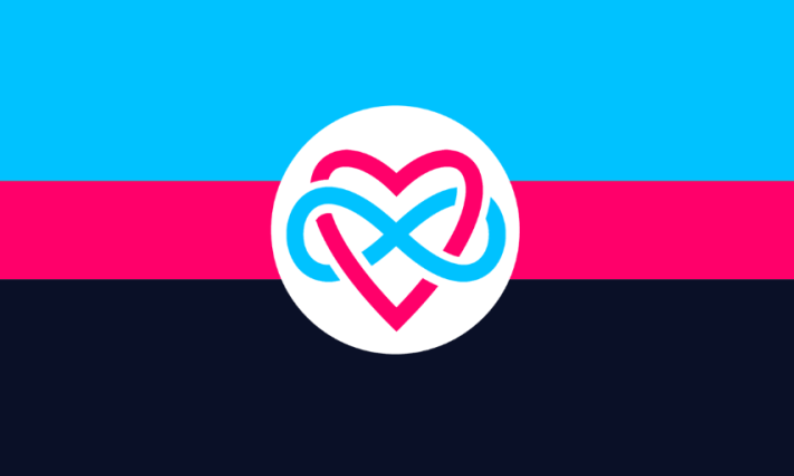More and more people and couples are choosing to share their love with more than one person. Yet, this still faces a lot of social rejection. Why is this, and should we rethink our idea of the “perfect relationship”? What you need to know about polyamory.
“Share your love” – a frequently quoted phrase we encounter again and again in both songs and advertisements. But in society, too, people are increasingly sharing their love with several people at once. This relationship model of shared love is called polyamory.
However, there are still many prejudices among the general public against people who consciously choose not to be monogamous as their relationship model. Even today, polyamory doesn’t seem to fit the image of the “perfect relationship.” We’ll show you what polyamory means and the challenges polyamorous lovers face.
Definition: What does polyamory mean?
Polyamory is a term coined in the late 1980s. It is composed of the two words “poly” (much, more) and “amor” (love). Polyamorous relationships refer to any type of romantic relationship involving more than one person.
Relationships can consist of three or more people, although not all partners have to be polyamorous. It’s possible that only one person is in a relationship with several other people at the same time, while the partners are in a monogamous relationship. In other words, if your partner is polyamorous, that doesn’t mean you have to have multiple partners.
It’s also important to distinguish polyamorous relationships from open and polygamous relationships. At the heart of polyamorous relationships are the feelings and affection they feel toward their partners.
What is the difference between polyamory and polygamy?
Polygamy is the practice of multiple marriages. While permitted in certain countries and cultures, it is prohibited in Switzerland. However, polygamy can also mean having multiple partners in bed.
Are polyamorous and open relationships the same?
Feelings toward one’s partner are at the center of polyamorous relationships. In contrast, open relationships are primarily about exploring desire. What both relationship models have in common is consent. Neither open nor polyamorous relationships involve cheating, as all partners involved know that physical intimacy with other people is possible.
How does polyamory work?
As with any relationship, poly relationships require certain rules that must be clarified. For a polyamorous relationship to work, several things should be considered.
- Communication is key : Communication is important in any type of relationship. Especially in polyamorous relationships, it’s even more important to talk to each other. Specht says, even about things that might be painful or uncomfortable to discuss.
- Trust each other : Relationships can’t work without trust. Since you share your partner with at least one other person, it’s important to have sufficient trust in everyone involved. Especially in alternative relationships, jealousy can quickly arise. Address this if necessary and work together to find a suitable solution.
- Always be honest with each other : We all change over time. This can also affect our lives as a couple. Perhaps you were happy in your poly relationship before, but now it’s no longer the case. It’s important to be able to address such issues in your relationship.
- Define boundaries together : Whether in bed or with regard to the people involved – clearly defined boundaries can not only simplify living together in polyamorous relationships, but can even make them possible.
- Support each other : In a relationship, the goal is to grow together. In poly relationships, there’s plenty of room for everyone to grow together and individually. This includes dealing with feelings like jealousy. Embrace this and show understanding.
Why is monogamy still considered the ultimate?
Personal opinion : Our society is shaped by different role models and has certain ideas about how things should be or what is considered “normal”. These images are supported by the film industry, advertisements and social media, among others. Monogamous relationships are much more present and, above all, portrayed more positively. Or do you know of a film in which a polyamorous relationship is presented in a positive light? Not me. I think it is important to represent different relationship models in the media in order to raise awareness. This should not be about judging one type of relationship over another. Rather, awareness of the many possible relationships should be created. There is no “normal” and no morals.





